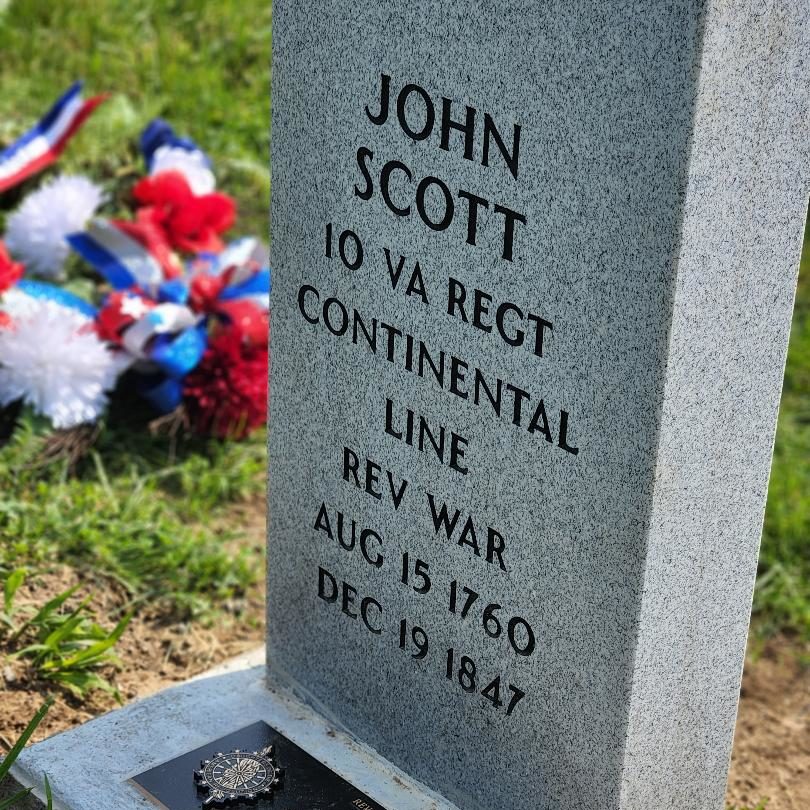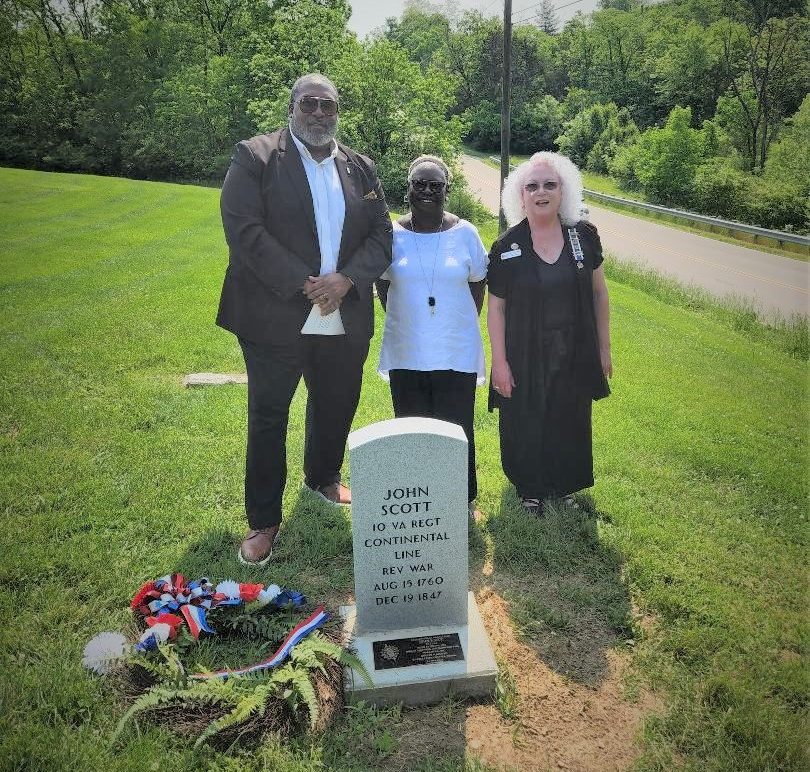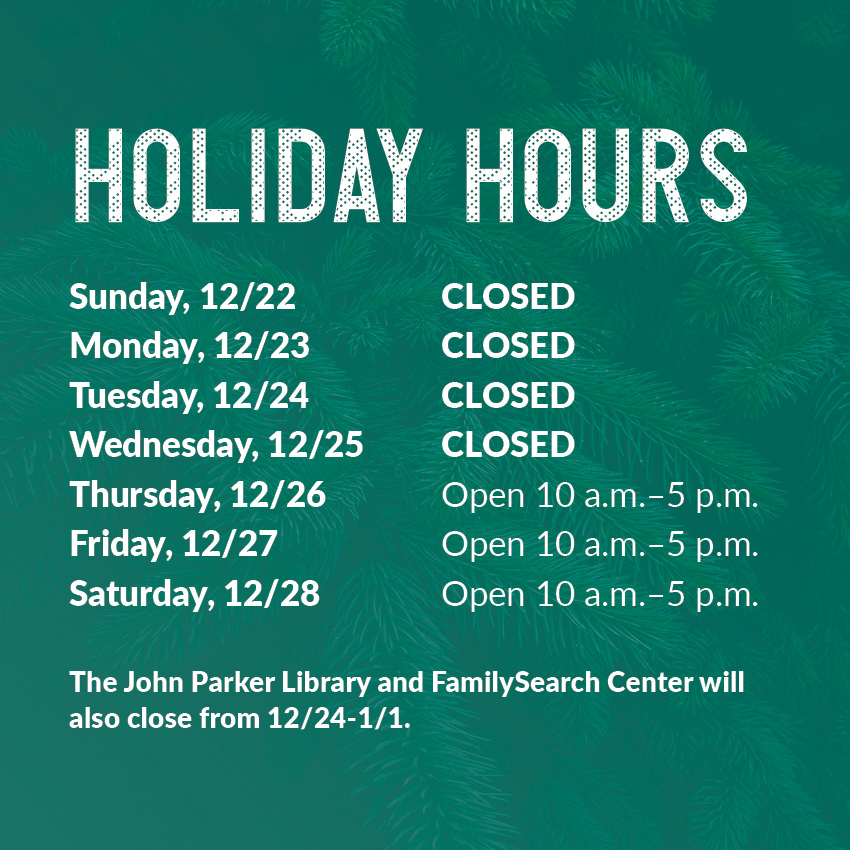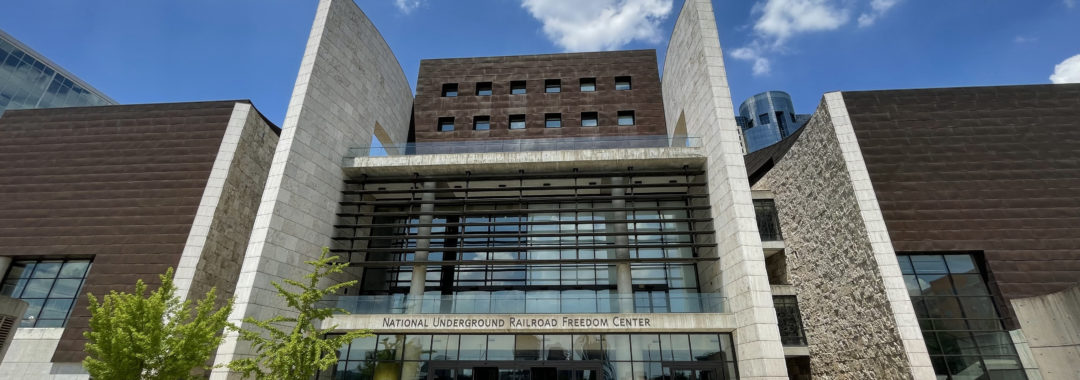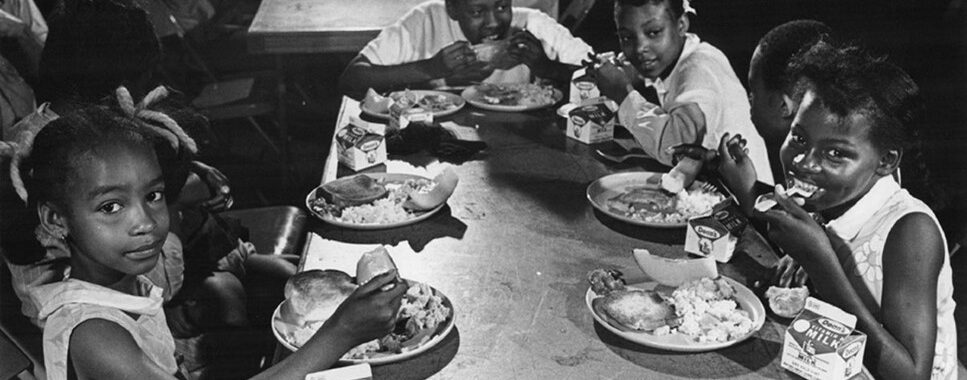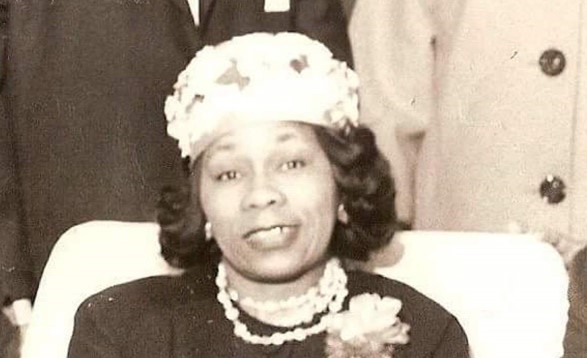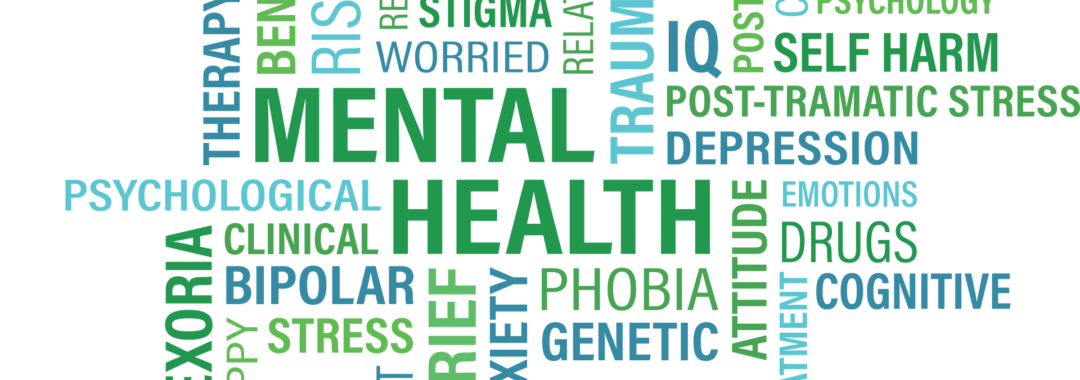April is National Poetry Month, and for generations poetry has played a crucial role in elevating Black voices and providing a medium for Black stories. Black poets have used their poetry to talk about their experiences throughout US history – from slavery to segregation, from the Civil Rights Movement to Black Lives Matter.
Langston Hughes was one of the pioneers of the Harlem Renaissance, a golden age for Black culture stemming from an explosion of African American art, literature and music throughout the 20s and 30s. While other prominent Black poets of the time were turning inward for inspiration, like Countee Cullen who often wrote about lost love, Hughes was looking outward to his community. He wanted to focus not just on their shared suffering, but their shared love of music, laughter and language.
Perhaps his most famous poem “I, Too” was published in 1926 and is equally sorrowful and hopeful. It powerfully rejects racism while expressing how African Americans have persevered, and will always persevere. The poem is meant to challenge Walt Whitman’s “I Hear America Singing.” Whitman’s poem talks about the diversity of the US, and how people of all classes, in their own way, contribute to America’s “song.” However, the voices of African Americans are notably absent. Hughes rejects Whitman’s view of America and insists that “[Black voices], too, sing America.” In his poem, despite being forced to eat in the kitchen when company comes, Hughes “laugh[s], and eat[s] well, and grow[s] strong.” This alludes to the reality of life for Black Americans under Jim Crow and segregation. Despite these laws, African Americans were able to develop a thriving and vibrant culture. The poem argues that racism involves the willful exclusion and refusal to acknowledge African Americans’ contributions to America’s “song,” and that this unwillingness will inevitably be racism’s downfall; that through their perseverance and creativity, a time will come when Black voices can no longer be ignored. The poem ends powerfully, with “I, too, am America.”
Maya Angelou’s passion for poetry and literature began at a young age and in 2010 this passion resulted in her being awarded the Presidential Medal of Freedom for her civil rights activism and her contributions to American literature and poetry. One of her most famous poems, “Still I Rise,” is a powerful rejection of the oppression faced by Black Americans. Similar to Langston Hughes, Angelou reflects on the resiliency of African Americans. How, despite attempts to silence her, to break her down and ruin her, she will rise, again and again. She weaponizes her laughter, her dancing, her sexiness, because the best way to resist adversity, is to live and thrive despite negative intentions. “Does my sexiness upset you?” she writes. “Does it come as a surprise that I dance like I’ve got diamonds between my thighs? [ ] Leaving behind nights of terror and fear, I rise, Into a daybreak that’s wondrously clear, I rise, Bringing the gifts that my ancestors gave, I am the dream and the hope of the slave. I rise, I rise, I rise.”
Poetry continues to be a powerful vehicle for sharing and elevating Black stories, giving voice to stories that stir emotions, inspire to action and evoke empathy. Through poetry and spoken word performances, Black voices, too, sing America as they rise.
